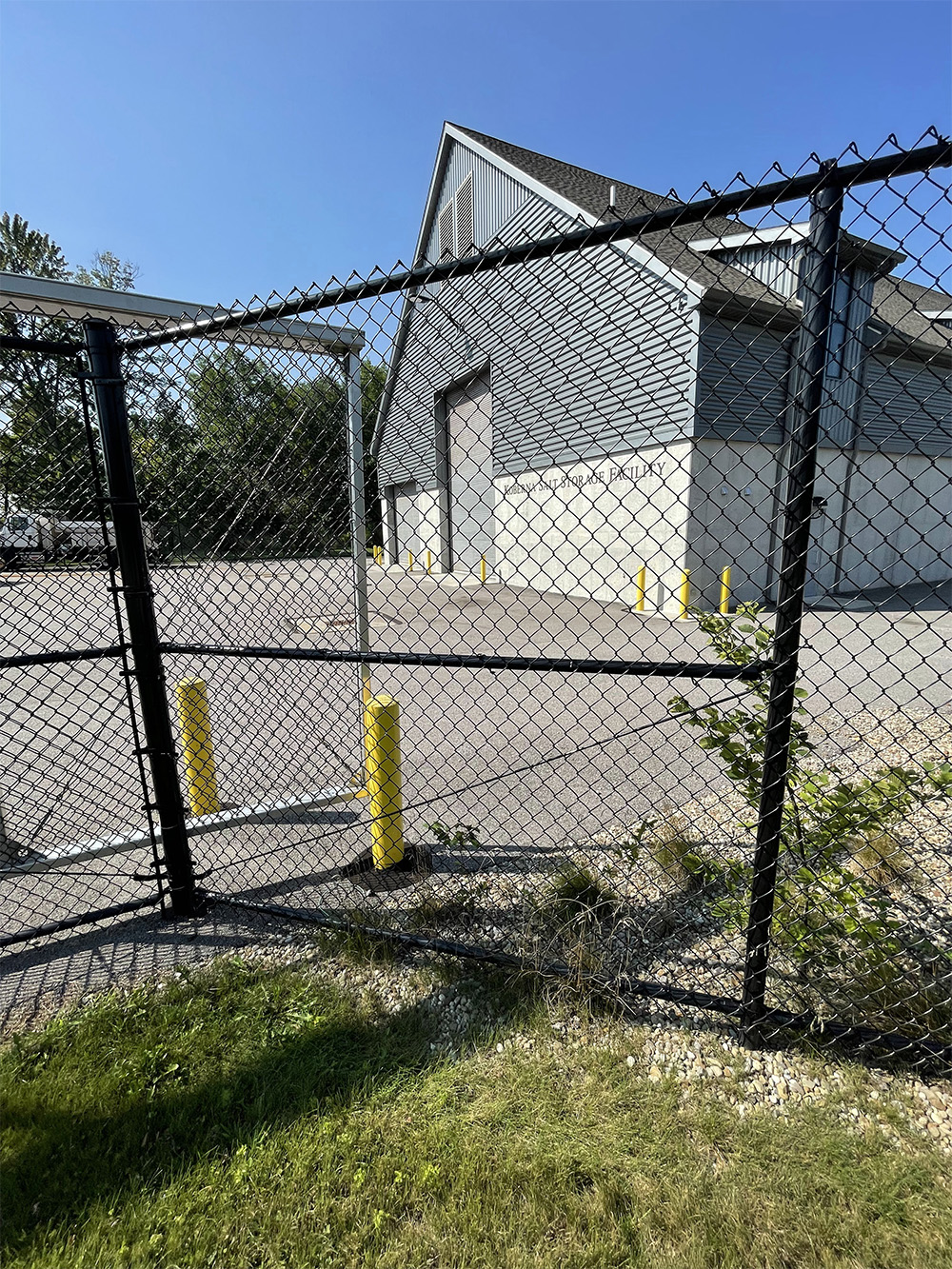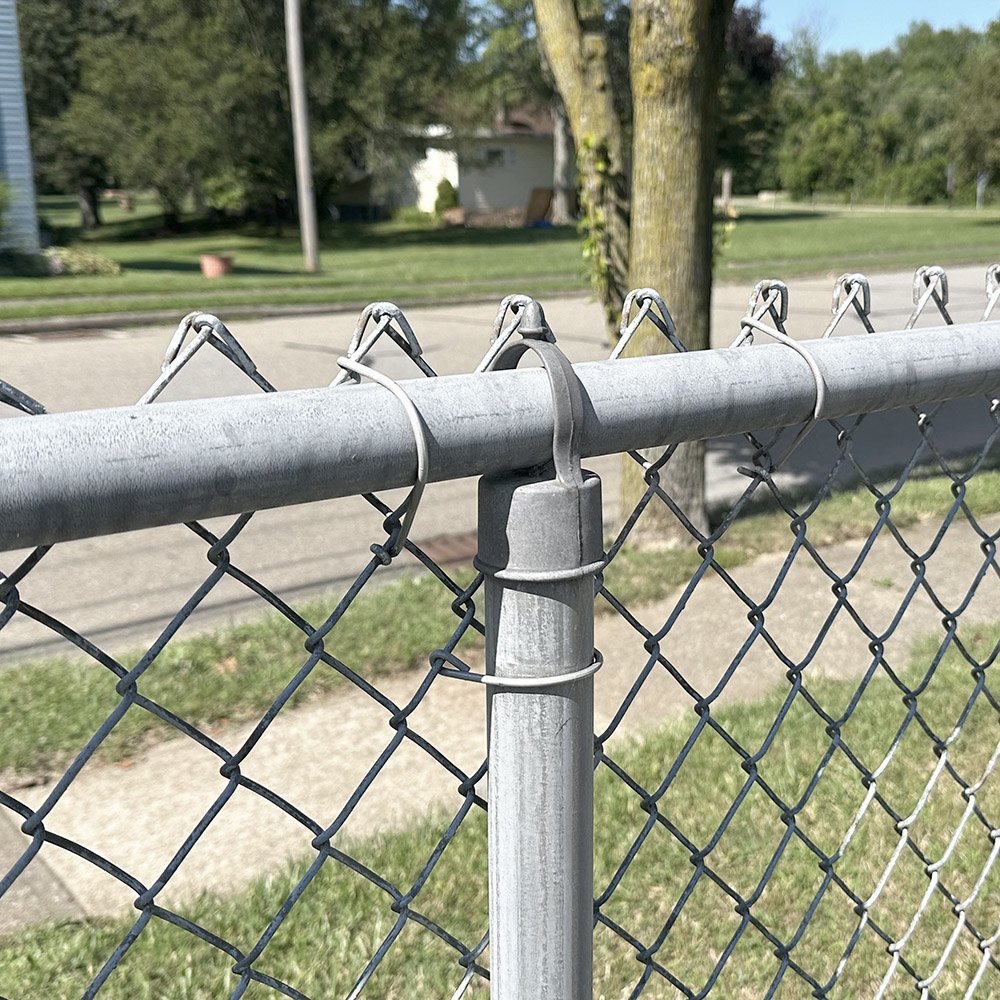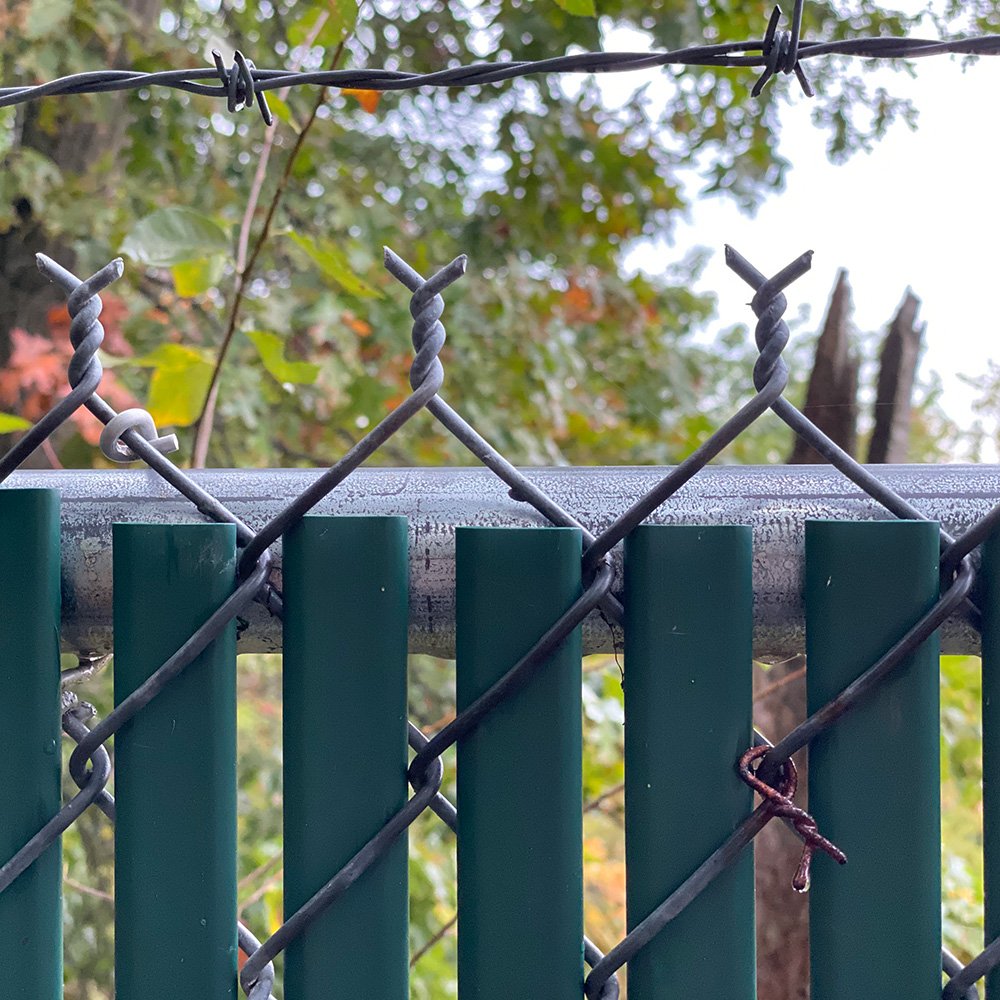Chain Link Fence List Of Specifications And Standards

When it comes to chain link standards and specifications, it’s essential to remember these when completing specific projects. For example, ASTM A121-22 is a metallic-coated carbon steel barbed wire standard. These standards help ensure that every type of barbed wire, whether aluminum, zinc, or zinc-5% aluminum-mischmetal alloy coatings, meets sampling, testing, and inspection standards. Imagine starting a project with the same type of barbed wire but finding it is thicker or thinner, even if it is the same type. These standards ensure that you are not ever facing a dilemma like this.
Chain Link Fence Specifications
There are about 23 standards that are regulated when referring to a chain link fence. Standard RR-F-191/3 is a federal specification stating that colors should be specified for color coating and match specifications for chain link fabrics in RR-F-191/1. It also discusses weight tolerance and the class each steel and aluminum pipe should fall under. Whether you are doing a contract job for the government or working somewhere where following these strict standards is required, you must read up on the standards and follow the correct protocol.
If you’re not sure what each standard applies to, this helpful table will steer you on the correct path:
| Specification: | Details: |
|---|---|
| ASTM A 121 | Zinc-Coated (Galvanized) Steel Barbed Wire |
| ASTM A 123 | Zinc-Coated (Hot Galvanized) Coating On Products Fabricated from Rolled, Pressed, and Forged Steel Shape (Plates, Bars, and Strips) |
| ASTM A 153 | Zinc-Coated (Hot Dip) on Iron and Steel Hardware |
| ASTM A 392 | Zinc-Coated Steel Chain-Link Fence Fabric |
| ASTM A 491 | Aluminum-Coated Steel Chain Link Fence Fabric |
| ASTM A 446 | Specifications for Steel Sheet, Zinc-Coated (Galvanized) by the Hot-Drip Process, Structural (Physical Quality) |
| ASTM B 211 | Aluminum Chain Link Fabric |
| ASTM A 569 | Steel. Carbon (0.15 Maximum, Percent), Hot Rolled Sheet and Strip Commercial Quality |
| ASTM A 570 | Hot-Rolled Carbon Steel Sheet and Strip Structural Quality |
| ASTM A 572 | High-Strength Low-Alloy Columbium-Vanadium Steels of Structural Quality |
| ASTM A 585 | Aluminum-Coated Steel Barbed Wire |
| ASTM A 824 | Metallic-Coated Steel Marcelled Tension Wire for use with Chain Link Fence |
| ASTM B 117 | Standard Test Method of Salt Spray (Fog) Testing |
| ASTM B 221 | Aluminum-Alloy Extruded Bars, Rods, Wire Shapes and Tubes |
| ASTM F 668 | Poly (Vinyl Chloride) (PVC)-Coated Steel Chain Link Fence |
| ASTM F 668 Class 2 A | Thermally Extruded Chain Link Fabric |
| ASTM F 668 Class 2 B | Perm fused Chain Link fabric |
| ASTM F 1083 | Pipe Steel, Hot-Dipped Zinc-Coated (Galvanized) Welded, for Fence Structures |
| ASTM F 1183 | Aluminum Alloy Chain Link Fence Fabric |
| ASTM F 1043 | Protective Coating on Steel Frameworks for Fences |
| Federal Specification: RR-F-191/3 | Fencing, Wire and Post, Metal (Chain-Link Fence Posts, Top Rails and Braces) |
| Federal Specification: RR-F-191/4 | Fencing, Wire and Post, Metal (Chain-Link Fence Accessories) |
Why Are Chain Link Standards Important For Fencing Projects?
Standards are essential for chain link fence projects because, as stated previously, the standard dictates that your fence will be symmetrical and not have strange mesh size differences or use uneven powder-coating processes. The ASTM (American Society for Testing and Materials) creates many chain link standards and helps ensure safety when using products across multiple industries. Therefore, ensuring your chain link fence parts have undergone standardization testing and are safe for use is essential. If you have more questions about chain link standards and measurements, find more info below:




